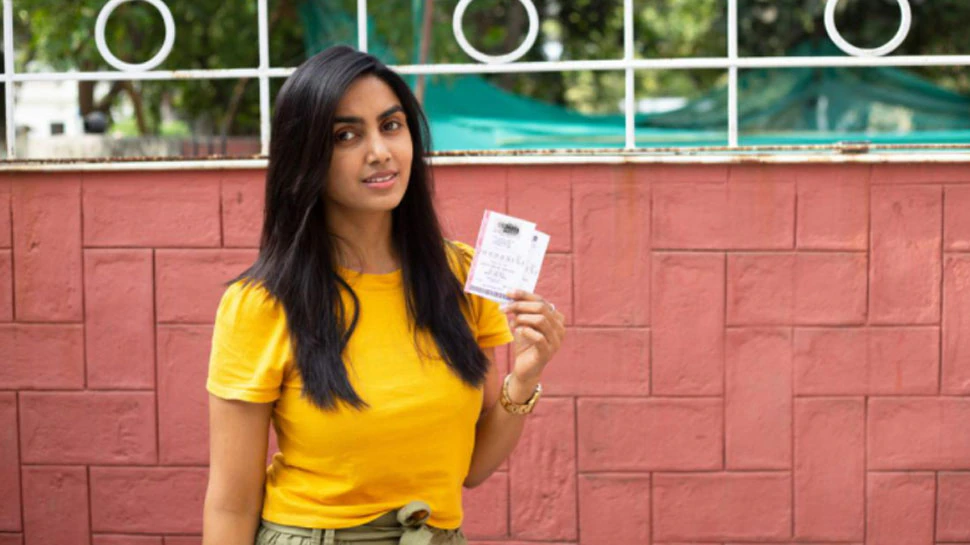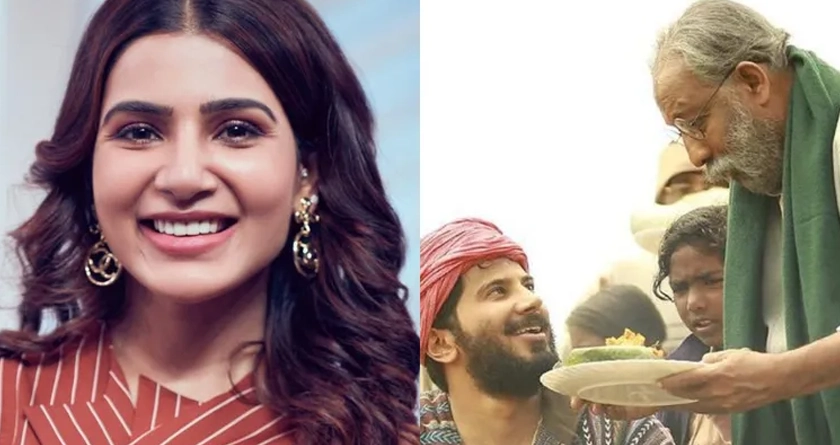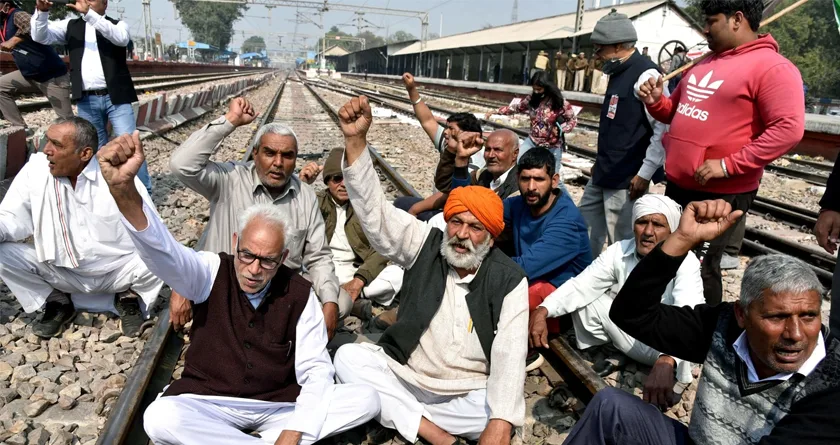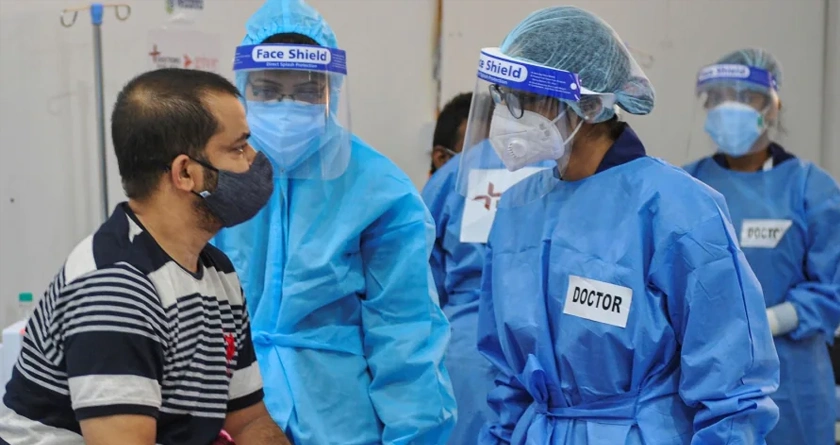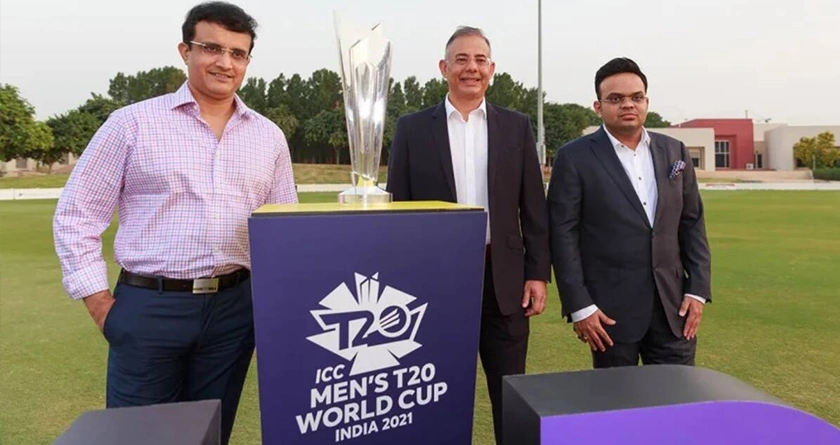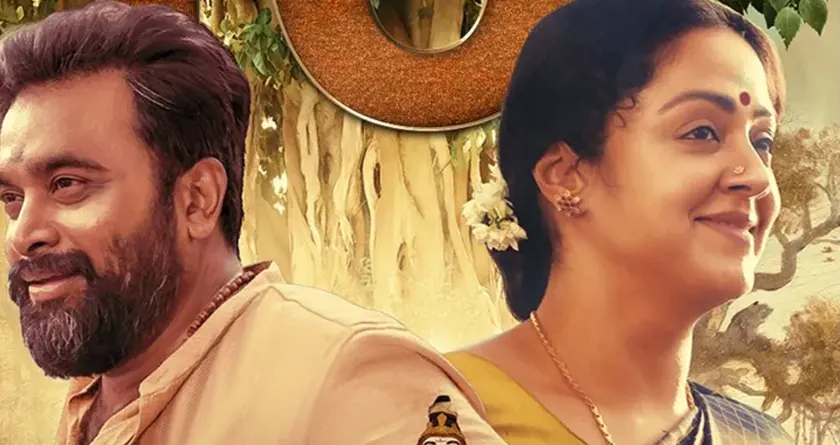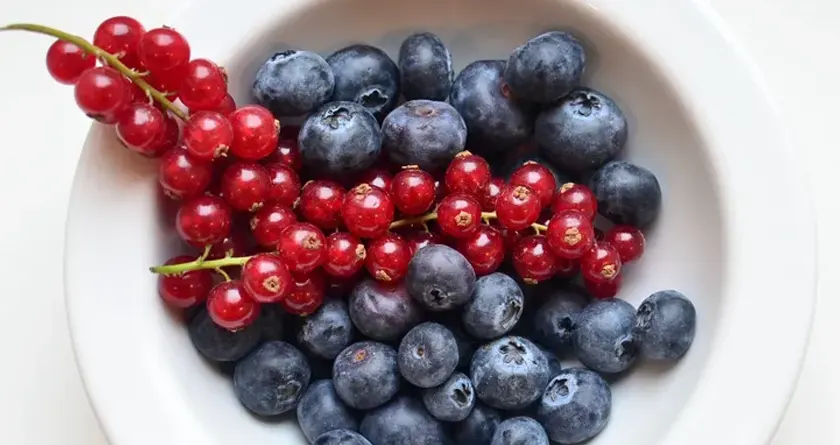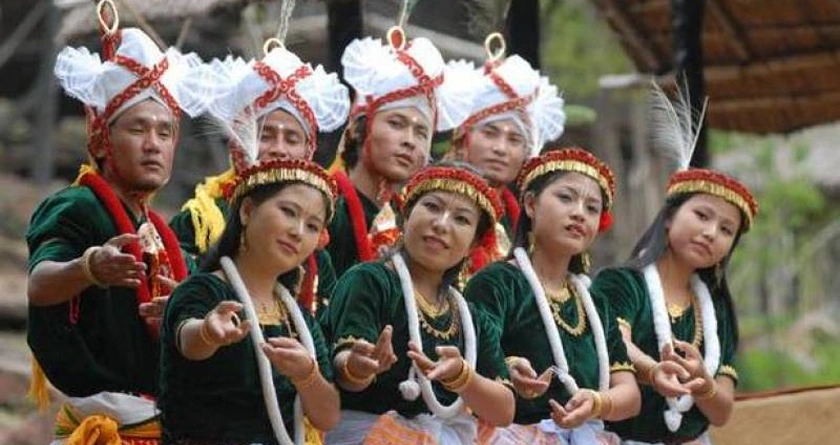
How Hindi can help build a bridge to Manipur's language and culture
India is almost a mirror image of the Hindi region…Know more…
Tuesday, 20th July 2021
Although India's "unity and diversity" is often emphasized, and its multicultural, multi-ethnic and multi-religious characteristics are repeatedly emphasized, the sad reality is that residents of Hindi-speaking regions are hardly familiar with the rest of the country , especially They are located in the south and northeast. Fortunately, the realities in these areas are very different, and the Manipur case clearly resonates in this regard.
Manipur, called the "jewel of India" by Jawaharlal Nehru, is geographically a small valley surrounded by mountains inhabited by the Nagas. It remained under the control of the Burmese king until 1826, according to the Treaty of Yandabo with the British East India Company, King Ava (Burma) recognized Gambir Singh, backed by the British, as King Manipur. In 1891, Manipur was ruled by Britain as a princely state. When the freedom movement gained momentum in India, the people of Manipuri also established a close emotional connection with it, and were inspired by Mahatma Gandhi, Sardar Patel and Subhash Chandra Boss Began to oppose the British.
Also Read: The colorful culture of Rajasthan
As early as 1928, Manipur witnessed the Hindi spreading movement, which further strengthened ties with India. When the British decided to withdraw from the subcontinent, the Manipur people launched a campaign to force the local rulers to merge with the Indian Alliance, so Manipur became part of India on October 15, 1949.
Metts-An ethnic term that distinguishes the lowland residents of Manipur, India from mountain residents, who mainly live in the Imphal Valley and make up the majority of the state's population. Although the majority of the Nagas converted to Christianity, the Mets were primarily Hindus. Politically, the state of Manipur may be under the sovereignty of the Burmese rulers, but culturally it maintains good ties with mainland India. As the dance historian Kapila Vatsyayan explained, it is fully reflected in their classical dance form, which formed a unique form between 1300 and 1800 AD. The main form of Rasa Lila is deeply influenced by the Krishna Bhakti tradition of the Vaishnava School. In modern times, Guru Amobi Singh is recognized as its outstanding representative.
Translation help
It is against this historical and cultural background that Hindi has gained wide acceptance in the social and cultural life of Manipur, and has been promoting the close relationship between Manipur and other languages ??for decades. The primary language for meaningful dialogue and interaction. The translation of manipur into Hindi played an important role in promoting this process. Since the 1980s, Dr. Devraj, who retired as Professor and Head of the Department of Hindi at the University of Manipur, has been working on plans to translate major literary works in Manipur into Hindi and ensure their successful execution
It was Rashtrabhasha Prachar Samiti, Wardha, who published the prose interpretation of nine poems from the collection of poems entitled "The Wreath" by the Renaissance poet Lamabam Kamal Singh (Lamabam Kamal Singh), thus laying the foundation The foundation of the ManipuriHindi translation project . This is the first time that these two words, lei (?) and pareng (garland), have been combined to create a new word. In 1962, Aribam Chhatradhwj Sharma published the bilingual Kavishreemala series to commemorate Samiti's Silver Jubilee. His introduction interestingly cites the local belief that traces the origins of the Manipur language (Meiteilon) and its writing (Meitei Mayek) to Shiva and his sons because the first letter is called Shibaakhar.
Before this, Kaisham Kunjbihari Singh had started publishing editorials in Manipur for his Sanskrit newspaper, and in fact started a movement to change the name from Sanskrit to Rashtralipi (national script). The bilingual version of Leipareng inherited this tradition to some extent.
When Dr. Devraj collaborated with the Manipuri Hindi Parishad writers, translators and Manipuri Parishad, the ManipuriHindi translation project was launched and began to generate active interest. As a result, several books have been published since 1989. These include Adhunik Manipuri Kavitaen (modern Manipuri poems, 1989), Pushpmala (garlands, 1993), Navjagarankaleen Manipuri Kavitaen (Manipuri Renaissance poems, 1995), Teerthyatra (pilgrimage, Manila in 1996) Hana), 1998), Jit Dekhoon (wherever I look, 1998), Sapne ka Geet (Song of Dreams, 1998), Tujhe Nahin Kheya Naav (I didn't browse you, 2000) and Katha Ek Gaanv Ki (A Man's Story ) Village, 2003).
Among them, two deserve a special mention because they represent the poetry and prose of Manipuri. Navjagarankaleen Manipuri Kavitaen is a collection of Renaissance poems, featuring works by eight poets: Chingakham Mayurdhwj Singh, Hijam Anganghal Singh, Khwairakpam Chaoba Singh, Hawaibam Nawdwipchandra Singh, Lamabam Kamal Singh, another translation of Maniphanget Prasamiphanget 44 es la 44. collection of stories, Mangi Ishai. Haobam Anandi Devi translated the book to pay tribute to author and translator Alibam Krishnamur Mohan Sharma.
There have been attempts to translate works of literary criticism. Today, Manipuri’s literary trends have many similarities with those of Hindi and other Indian languages.
The News Talkie Bureau
Source:
TheHindu



